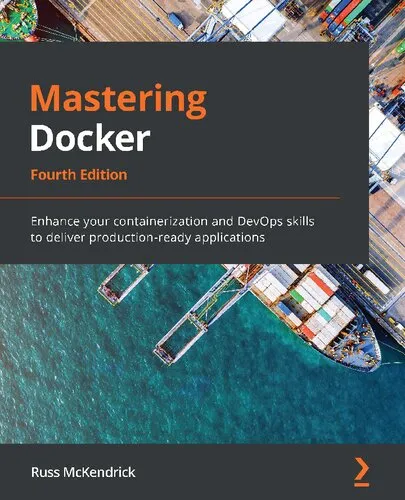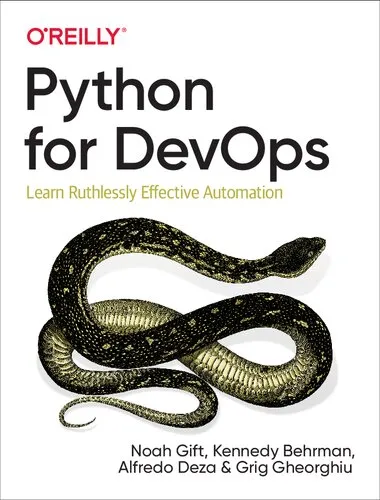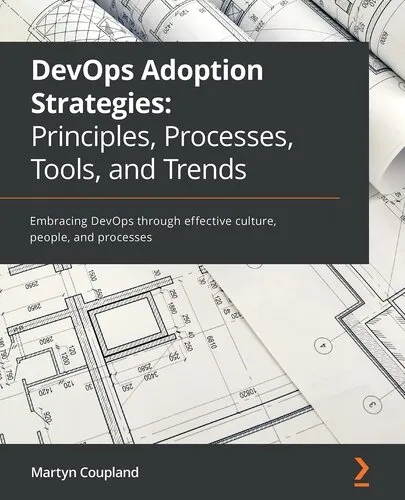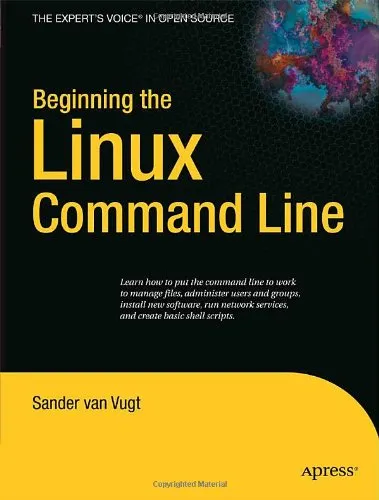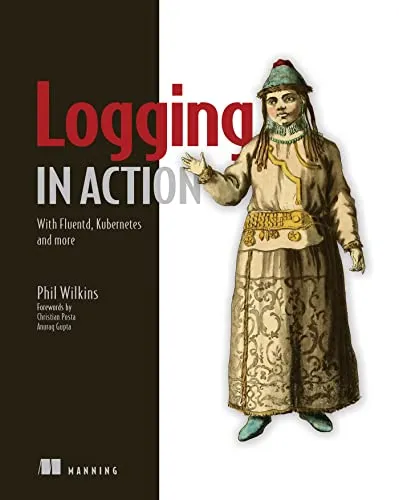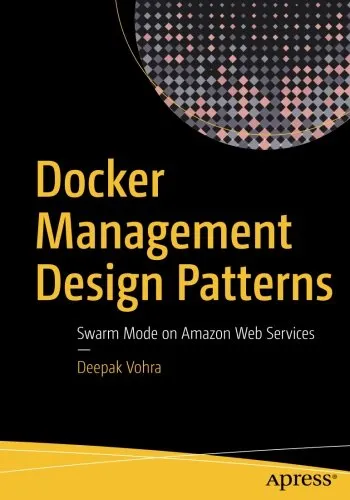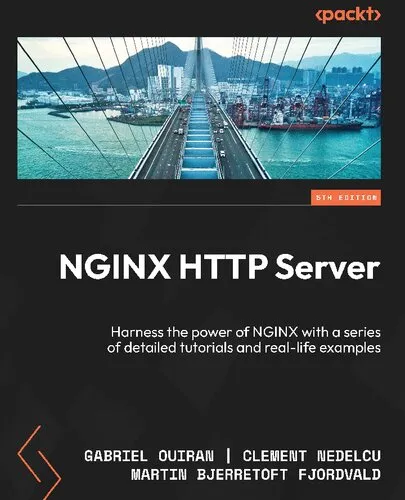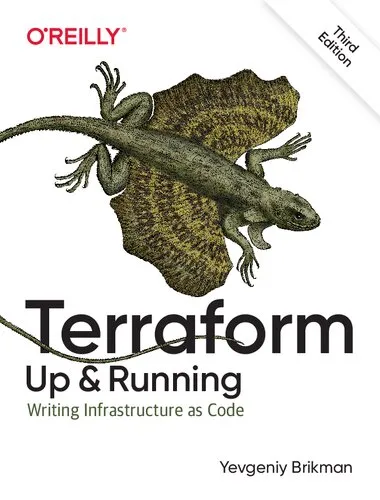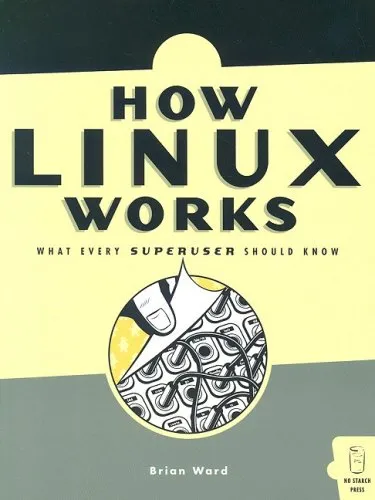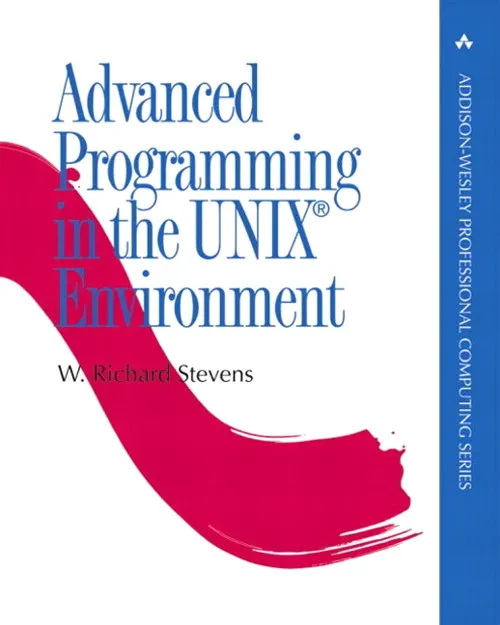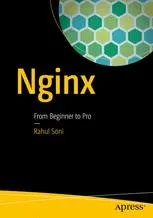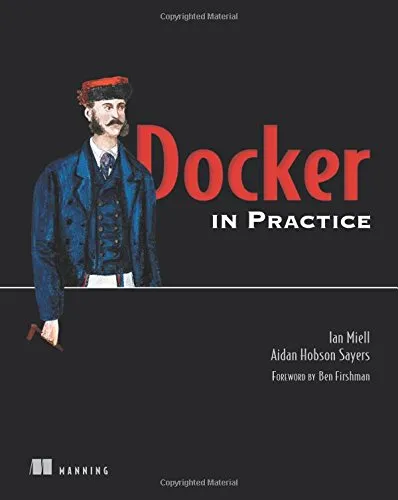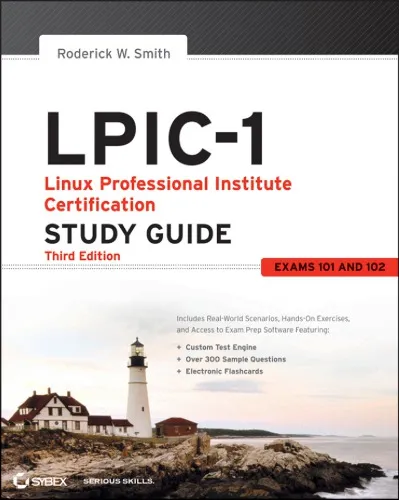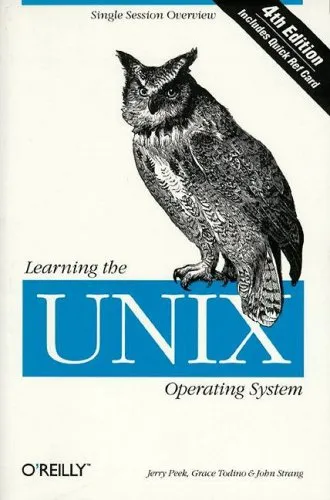Mastering Docker: Enhance your containerization and DevOps skills to deliver production-ready applications
5.0
Reviews from our users

You Can Ask your questions from this book's AI after Login
Each download or ask from book AI costs 2 points. To earn more free points, please visit the Points Guide Page and complete some valuable actions.Related Refrences:
Free Direct Download
You Can Download this book after Login
Accessing books through legal platforms and public libraries not only supports the rights of authors and publishers but also contributes to the sustainability of reading culture. Before downloading, please take a moment to consider these options.
Find this book on other platforms:
WorldCat helps you find books in libraries worldwide.
See ratings, reviews, and discussions on Goodreads.
Find and buy rare or used books on AbeBooks.
1338
بازدید5.0
امتیاز1
نظر98%
رضایتReviews:
5.0
Based on 1 users review
peter35
June 7, 2025, 4:19 a.m.
Chapter 1, Docker Overview, discusses where Docker came from and what it means to
developers, operators, and enterprises.
Chapter 2, Building Container Images, looks at the various ways in which you can build
your own container images.
Chapter 3, Storing and Distributing Images, looks at how we can share and distribute
images, now that we know how to build them.
x Preface
Chapter 4, Managing Containers, takes a deep dive into learning how to manage
containers.
Chapter 5, Docker Compose, looks at Docker Compose—a tool that allows us to share
applications comprising multiple containers.
Chapter 6, Docker Machine, Vagrant, and Multipass, looks at Docker Machine and other
tools that enable you to launch and manage Docker hosts on various platforms.
Chapter 7, Moving from Linux to Windows Containers, explains that, traditionally,
containers have been a Linux-based tool. Working with Docker, Microsoft has now
introduced Windows containers. In this chapter, we will look at the differences between
the two types of containers.
Chapter 8, Clustering with Docker Swarm, discusses how we have been targeting single
Docker hosts until this point. Docker Swarm is a clustering technology provided by
Docker that allows you to run your containers across multiple hosts.
Chapter 9, Portainer – a GUI for Docker, explains that most of our interaction with Docker
has been on the command line. Here, we will take a look at Portainer, a tool that allows
you to manage Docker resources from a web interface.
Chapter 10, Running Docker in Public Clouds, is where we look at the various ways in
which you can run your containers in public cloud services.
Chapter 11, Docker and Kubernetes, takes a look at Kubernetes. Like with Docker Swarm,
you can use Kubernetes to create and manage clusters that run your container-based
applications.
Chapter 12, Discovering other Kubernetes options, is where, having used Docker to run
Kubernetes locally, we take a look at other options for getting up and running with
Kubernetes on your local machine.
Chapter 13, Running Kubernetes in Public Clouds, takes a look at various Kubernetes
offerings from the 'big four' cloud providers: Azure, Google Cloud, Amazon Web Services,
and DigitalOcean
Chapter 14, Docker Security, takes a look at Docker security. We will cover everything
from the Docker host to how you launch your images, where you get them from, and the
content of your images.
Chapter 15, Docker Workflows, starts to put all the pieces together so that you can start
using Docker in your production environments and feel comfortable doing so.
Chapter 16, Next Steps with Docker, looks not only at how you can contribute to
Docker but also at the larger ecosystem that has sprung up to support container-based
applications and deployments.
Questions & Answers
Ask questions about this book or help others by answering
No questions yet. Be the first to ask!
